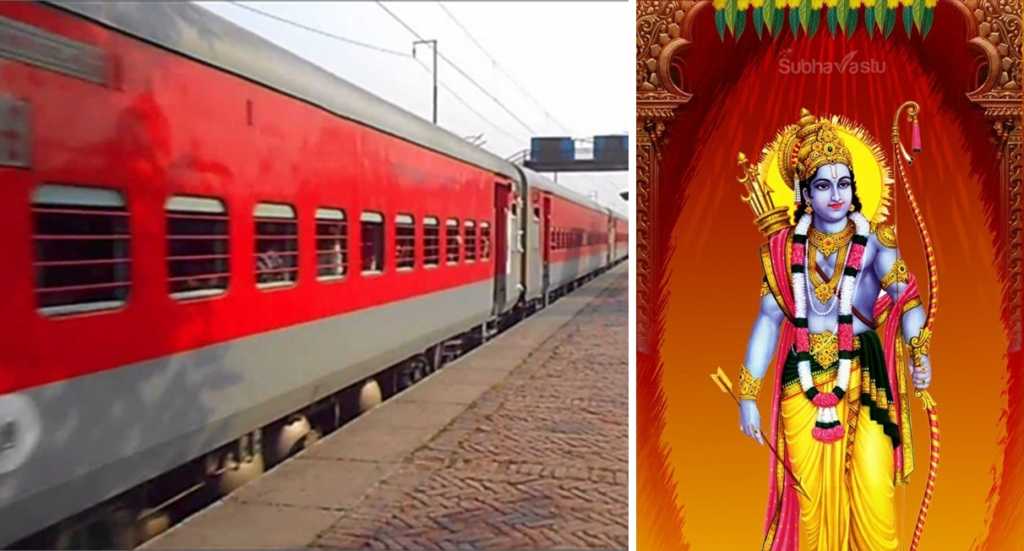The Indian Railways is all set to launch a train from Ayodhya going down south, to boost religious tourism in the country. The train will leave from Ayodhya, the birthplace of Lord Rama and the journey will end at Rameshwaram, along the route Lord Rama took towards Lanka. Religious tourism is one of the most popular forms of tourism in the country, as thousands of pilgrims visit the shrine of Vaishno Devi in Jammu every year. The Amarnath Yatra is made by millions of people every year despite all the hurdles they face on the way. The train journey will start from Safdarjung railway station and take the same route down south as that of Lord Rama, passing through Nandigram, Sitamarhi, Janakpur, Varanasi, Prayag, Shringaverpur, Chitrakoot, Nasik, Hampi, and Rameshwaram.
Since Ramayana is the most popular epic in the country as well as in the region of South and South East Asia, the train journey is expected to attract a lot of national and international tourists. Despite the enormous potential in religious tourism, previous Indian governments have never tried to create an infrastructure for it to grow and thrive. The Piyush Goyal-led Railway Ministry said that the train service will start from Ayodhya on November 14, which is celebrated as children’s day in India. The complete journey of the Ramayana circuit will take 16 days to complete. People will travel to Rameshwaram by train, after which those who wish to complete the journey to Colombo will travel to Chennai by train and then they will catch a flight to Colombo. At every step of this journey, there will be Dharamshalas to stay, wash and change. The name of this train will be Sri Ramayana Express and the journey would cost Rs 15,120 per person (within India). The capacity of this special tourist train is 800 passengers and IRCTC will decide whether to run the train service once or twice a year after seeing the initial response. Rajni Hasija, tourism director at IRCTC said, “We see good revenue on this circuit.”
Tourism in the country is a completely unexploited industry. Only some places like Taj Mahal or Gateway of India are the limelight of the industry. There are a vast number of unexplored sites of historical and religious value that are rotting in ignorance because there is lack of infrastructure to reach these destinations, while no marketing efforts are made to popularize them. India has 36 World Heritage Sites that are recognized by UNESCO as of August 2017. These are places of cultural or natural heritage as described in the UNESCO World Heritage Convention, established in 1972.
The Tourism sector generated US$230 billion or 9.4% of the nation’s GDP in 2017 and supported 41.622 million jobs, which amounts to around 8% of its total employment. The major problems faced by Indian tourism are the low level of formalization within industry and a lack of ATM penetration among other things. The Prime Minister Modi led government is very serious about developing India as a major tourist destination in the world, and the upcoming years will see the creation of many jobs in the industry. According to the World Tourism Ranking, India received 14.6 million international tourists in 2016, which is way below its true potential. France, a small country in southern Europe, bags 82.6 million international tourists annually, almost 6 times more than that of India.
